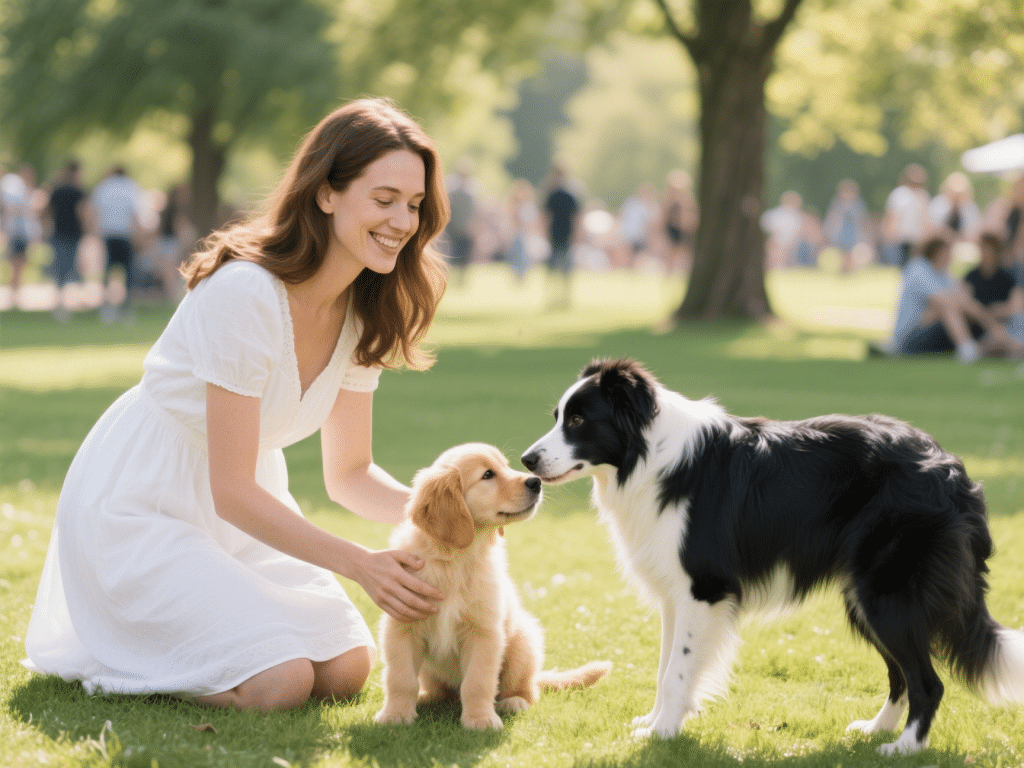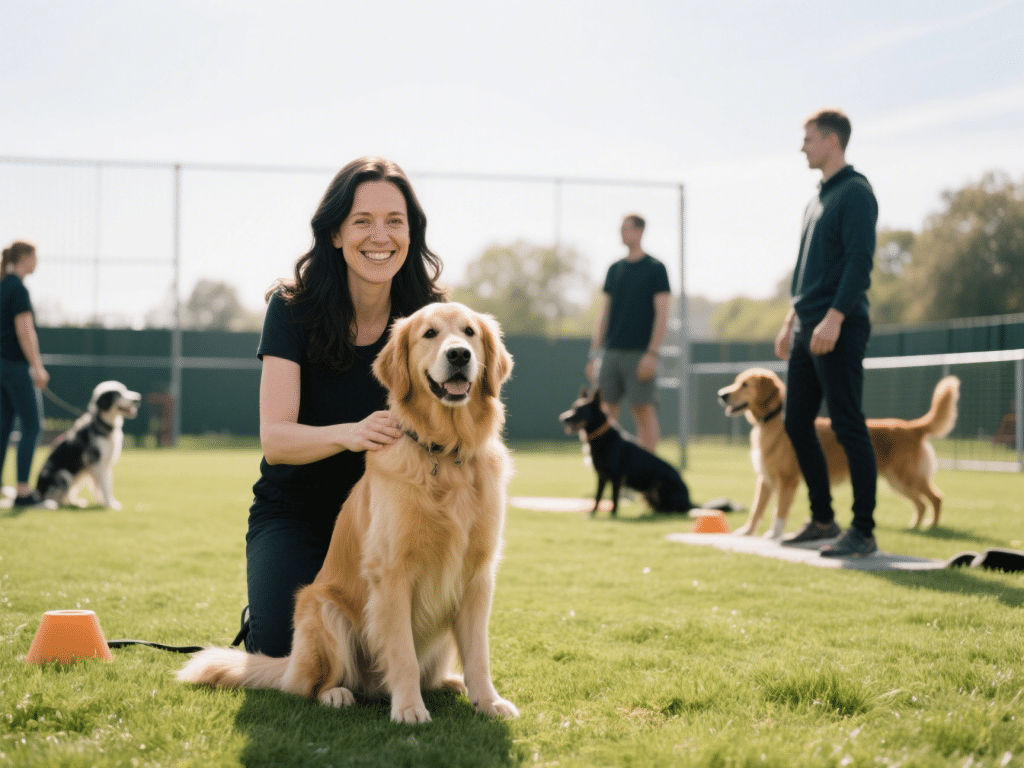
Cat Grooming: How to Safely Remove Mats and Tangles
Long-haired and semi-long-haired cats enchant us with flowing coats—but mats and tangles...
Successful pet training hinges on strategy, not luck. Avoid these critical errors to build trust and accelerate learning with your dog or cat.
Do Prioritize Consistency
Use identical commands (e.g., “Down” vs. “Lie down”), gestures, and reward systems. Inconsistent cues confuse pets and delay progress by weeks.
Do Leverage Positive Reinforcement
Reward desired behaviors within 1.5 seconds using high-value treats (freeze-dried liver) or play. Timing is crucial—delayed rewards reinforce incorrect actions.
Do Keep Sessions Short & Focused
Limit training to 5-7 minutes for dogs, 2-3 minutes for cats. Multiple daily sessions prevent fatigue while boosting retention. Always end positively.
Do Manage the Environment
Use baby gates or leashes to prevent rehearsal of bad habits (e.g., counter surfing). Set pets up for success by controlling temptations.
Do Read Body Language
Recognize stress signals: lip-licking (dogs), tail-twitching (cats). Pushing fearful pets escalates aggression. Adjust difficulty immediately.
Don’t Use Punishment-Based Methods
Yelling, shock collars, or alpha rolls increase anxiety and aggression. Studies show 43% of punished dogs develop new behavioral issues.
Don’t Ignore Underlying Health Issues
Sudden accidents? Rule out UTIs (common in cats) or arthritis (older dogs) before behavioral correction. Pain often causes regression.
Don’t Skip Socialization Windows
Puppies (3-14 weeks) and kittens (2-9 weeks) need positive exposure to sounds/surfaces. Missed socialization triples fear responses in adulthood.
Don’t Repeat Failed Commands
Saying “Sit!” 10 times teaches ignoring. If unresponsive after two attempts, reposition the pet manually—then reward compliance.
Don’t Expect Linear Progress
Regression is normal during fear periods (dog adolescence at 6-18 months). Revert to basics temporarily without frustration.
Effective training is 80% prevention and 20% correction. Track progress in a journal—note triggers, successful rewards, and duration. Pets thrive on predictable routines; inconsistency is the top reason for training failure. Consult certified trainers (CPDT-KA or IAABC members) if stuck. Patience isn’t optional; it’s the foundation.
“Training isn’t about commanding control—it’s about earning trust through clarity.” — Dr. Linda Case, Animal Behaviorist

Long-haired and semi-long-haired cats enchant us with flowing coats—but mats and tangles...

As cats age, their dental health becomes increasingly critical to overall well-being. Acco...

IntroductionKittens often acquire intestinal parasites via the mother or the environment. ...

Puppy Socialization 101: How to Raise a Friendly DogRaising a confident, friendly dog hing...

What to Expect in Dog Obedience Classes: A Complete OverviewDog obedience classes provide ...

Dealing with Pet Separation Anxiety: Signs and SolutionsPet separation anxiety (SA) affect...

Wallabies may be cute and fascinating animals, but it's illegal to own them in most state...

Hedgehogs are unique pets that have unique health issues like wobbly hedgehog syndrome (W...

Syrian hamsters are solitary animals and should always be kept with one hamster per cage,...
Comments on "The Dos and Don’ts of Pet Training: Common Mistakes to Avoid" :